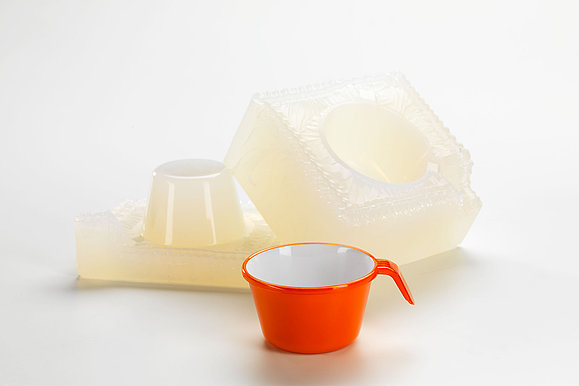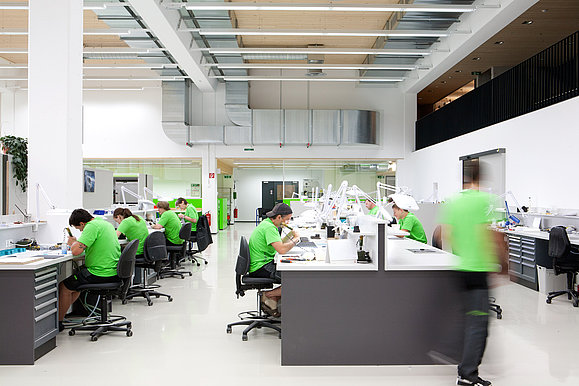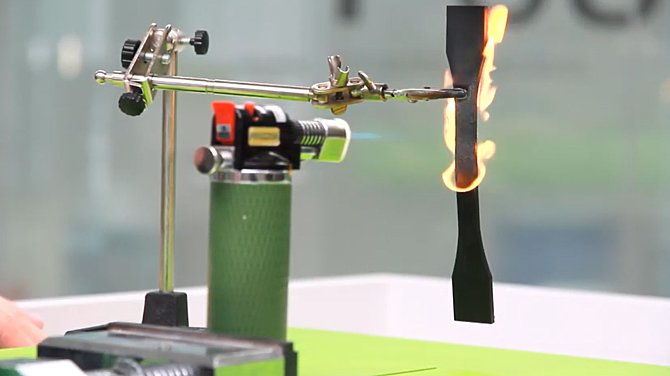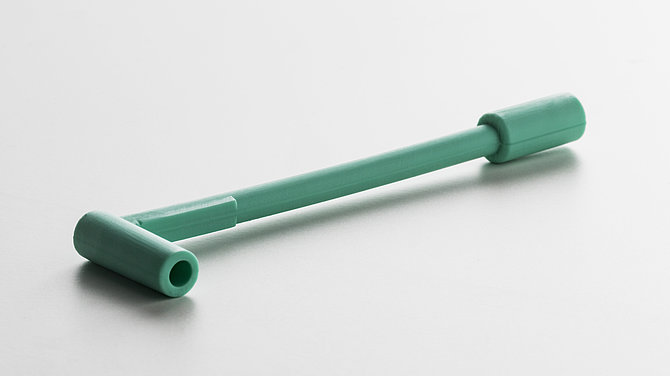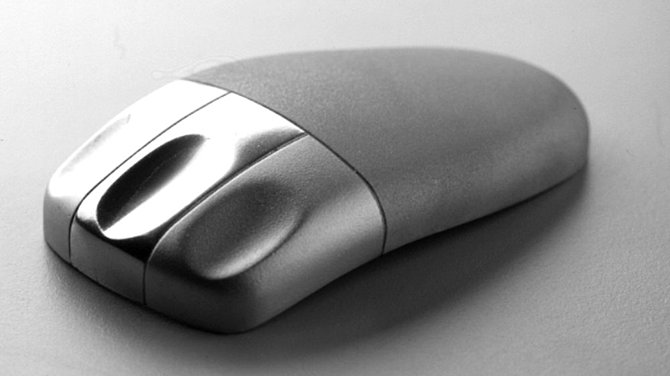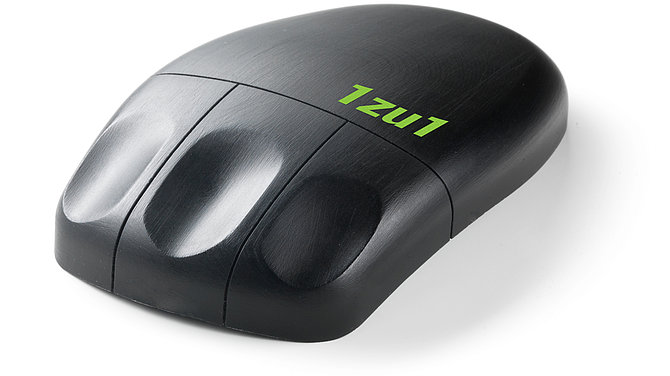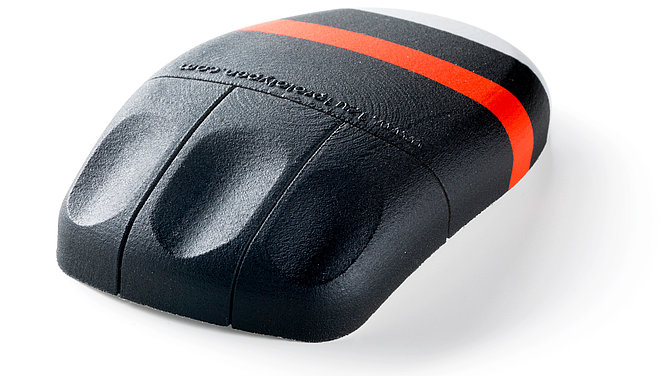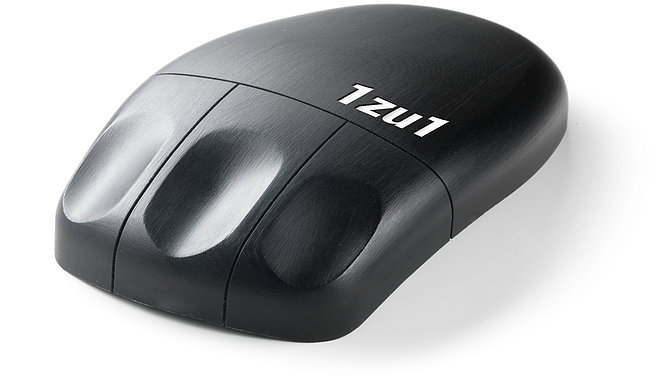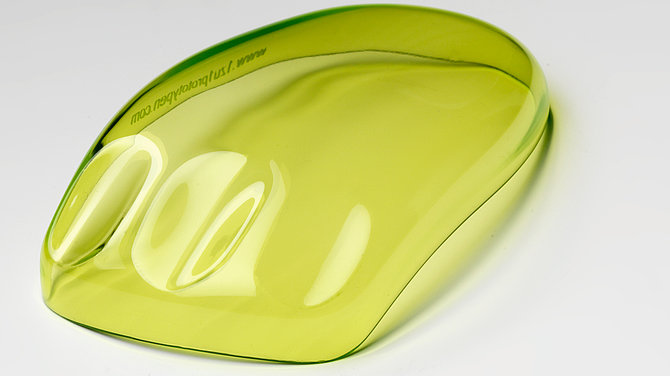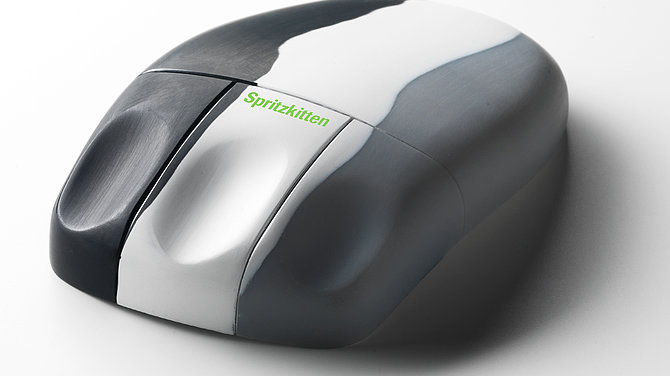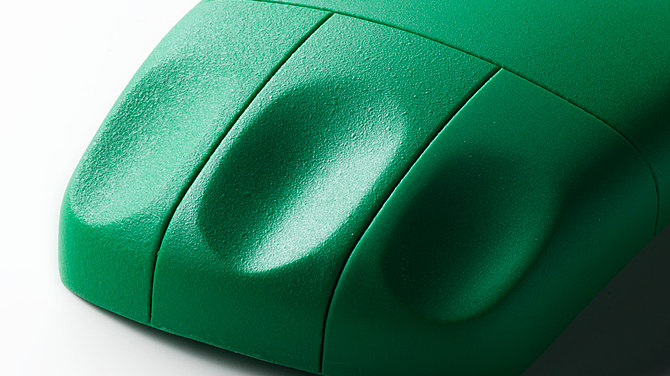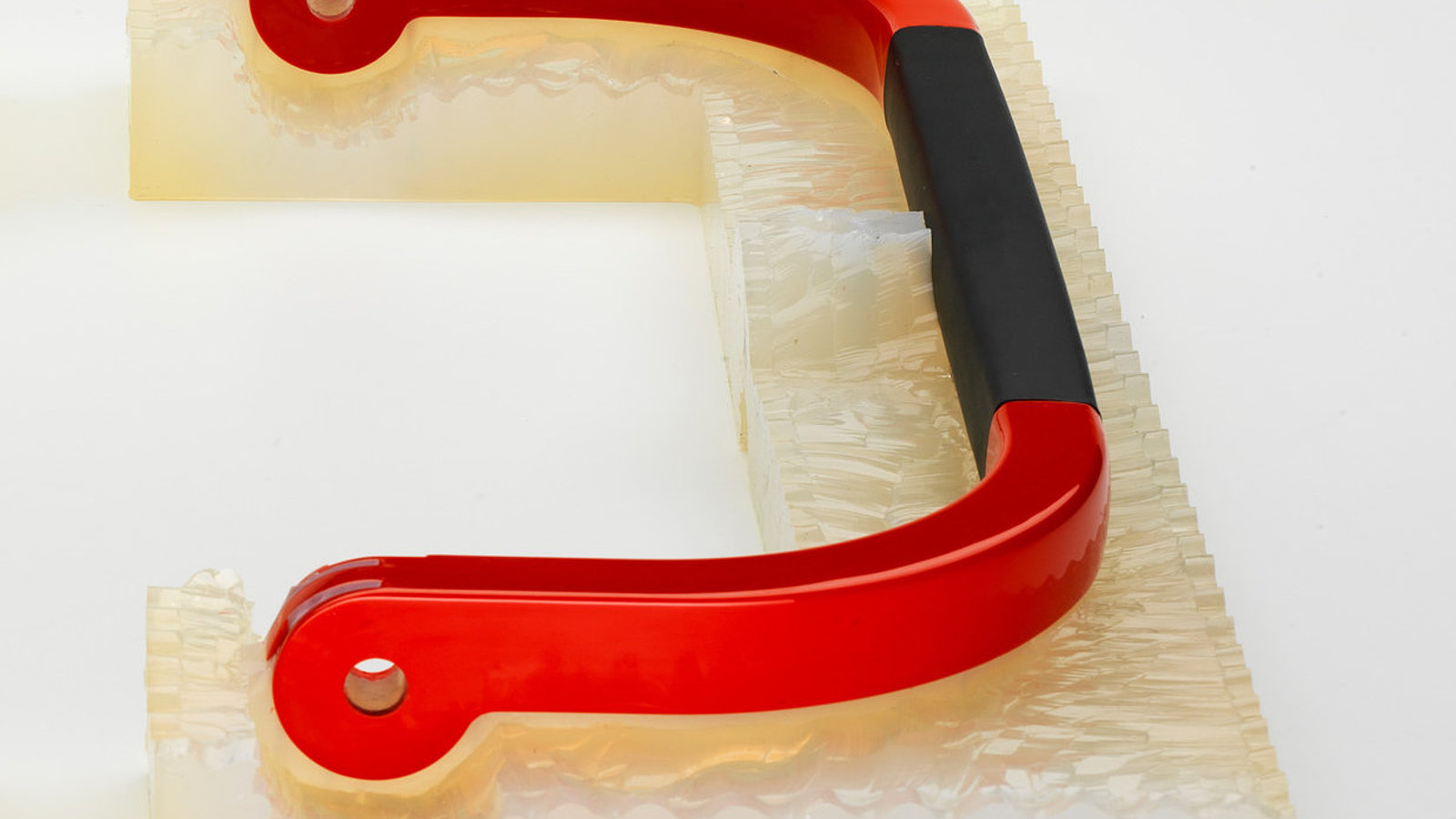
Vacuum-cast polyurethane (PUR hard) Wide variety of materials with series-like properties
Vacuum casting is ideal for duplicating models. Starting from a master model, a silicone mold is created which is then used to duplicate parts made from polyurethane (PUR plastic). Following the mold casting, 1zu1 carries out the desired surface finishing: we simulate any desired surface on the master models, which is then reproduced in the creation of the silicone mold. At 1zu1, we can therefore produce components that are indistinguishable from a later original injection-molded part.
Materials
In terms of strength values, technical prototypes should be as close as possible to the subsequent series products. Our vacuum-casting process optimally meets all requirements in terms of usage properties and permanent load capacity. 1zu1 has different materials to make your desired plastic part possible.
| 070 | 085 | 090.1 | 092 | 095GF | 100 | 122 | |
|---|---|---|---|---|---|---|---|
| Shore D hardness | 68 ± 2 | 72 ± 4 | 80 ± 1 | 82 | 85 | 80 ± 2 | 84 ± 2 |
| Density [g/cm3] | 1.08 | 1.15 | 1.2 | 1.20 ± 0.02 | 1.23 ± 0.02 | 1.14 ± 0.02 | 1.06 ± 0.02 |
| Flexural strength [MPa] | 30 | 80 | 105 | 105 | 150 | 80± 2 | 100 |
| Bending modulus of elasticity [MPa] | 500 | 1200 | 2100 | 2500 | 4500 | 2300 ± 100 | 2000 |
| Tensile strength [MPa] | 25 | 40 | 60 | 70 | 85 | 60 ± 2 | 65 |
| Notch impact strength [kJ/m2] | no break | >50 | 71 | 70 | 30 | 60 | 94 |
| Elongation at break [%] | 100 | 25 | 7.5 | 15 | 3 | 12-14 | 7 |
| Thermal stability [°C] | 55 | 78 | 78 | 85 | 85 | 85 | 85 |
| Shrinkage [mm/m] | 7 | 3 | 5 | 3 | 2 | 3 | 7 |
| Base color | dark gray | translucent | creme | whitish | light gray | black | transp./diffused light |
| colorable | black only | yes | yes | yes | yes (dark color tones) | black only | yes |
| Final curing at 23°C | 7 days | 5 days | 1 day | 3 days | 3 days | 3 days | 4 days |
Do you have high demands in terms of transparency, gloss level and light transmission? The casting resin 122 we use enables you to produce transparent molded parts such as displays, containers, light guides and lenses in your desired requirements. Its approximate characteristic values compared to the series materials polycarbonate (PC) and Plexiglass (PMMA) are shown clearly in the following table.
| 122 | PMMA | PC | |||
|---|---|---|---|---|---|
| Color | transparent | transparent | transparent | ||
| Translucency [%] | >90 | 92 | 88-90 | ||
| Refraction index | 1.50 | 1.49 | 1.58 | ||
| Density [g/cm3] | 1.06 ± 0.02 | 1.18 | 1.20 | ||
| Hardness [Shore D] | 84 ± 2 | 90 | 82-84 | ||
| Bending modulus of elasticity [MPa] | 2000 | 2800 | 2100 | ||
| TG [°C] | 90 | >80 | >100 | ||
| Impact strength (Charpy smooth) [KJ/m2] | 94 | >11 | no break |
The final touch
Furthermore, the perfect coloring of the casting resins in accordance with RAL, Pantone, NCS, or based on your sample, guarantees optimum results. Here at 1zu1, we can use special painting techniques to treat the models on request. EDM texturing, high gloss, special effects (metallic, silver, partial) or subsequent varnishing finish the components. Individual color samples or color requests (RAL, NCS, Pantone) are possible.
The possibility of individual printing, laser marking as well as hot foil stamping is also available at 1zu1 in-house.
Your advantages
- Short lead time for production of components: first deliveries possible after 5-15 days
- Duplication of models by vacuum casting with up to 1,000 parts
- High accuracy: components hardly distinguishable from the original injection molded part,
- Surfaces according to customer requirements: high gloss, fine structures, varnishing, printing
- Perfect coloring of the casting resins in accordance with RAL, Pantone, NCS or based on your sample
Advice tailored to your needs
At 1zu1, we help you find the perfect solution by combining the best technology with a wide range of materials. And this is implemented in the shortest possible time and with the highest technical precision.
Challenge us. What can I do for your project?
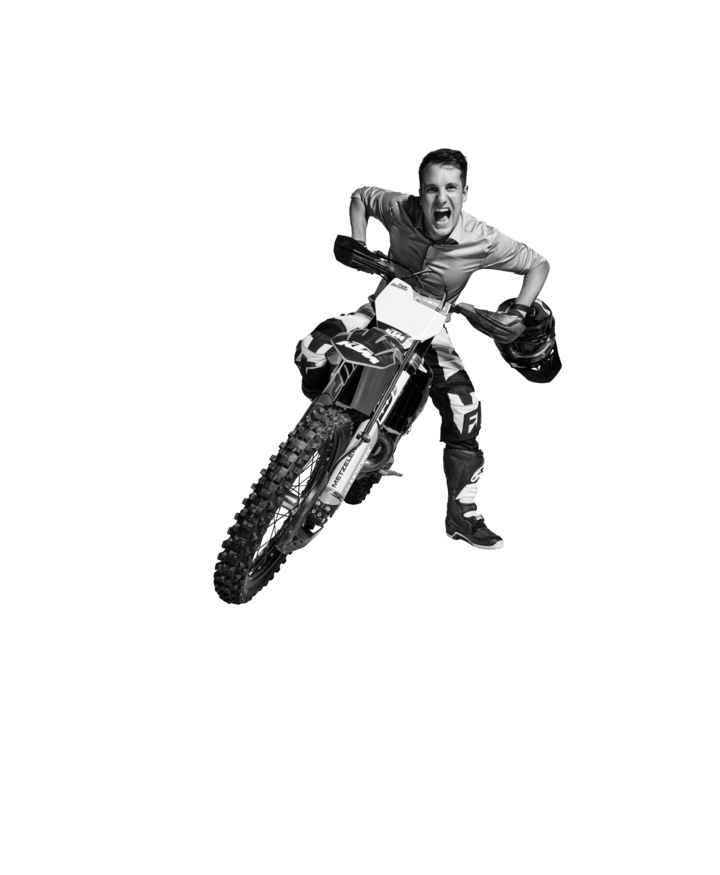
Stefan Rädler
1zu1sales
area manager Germany
T +43 5572 33 333-842
stefan.raedler@1zu1.eu
» For perfectly implemented ideas, I propose new technological paths with my customers.«
In motocross and enduro, Stefan Rädler is on difficult paths.

Stefan Rädler
1zu1sales
area manager Germany
T +43 5572 33 333-842
stefan.raedler@1zu1.eu
» For perfectly implemented ideas, I propose new technological paths with my customers.«
In motocross and enduro, Stefan Rädler is on difficult paths.
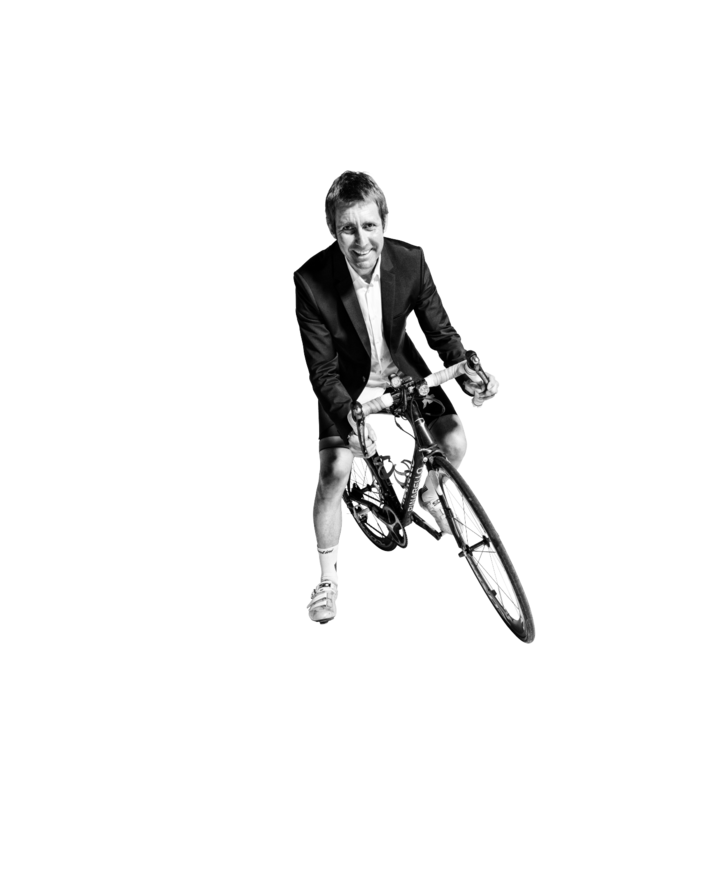
Klaus Pichler
1zu1sales
area manager Austria
T +43 5572 33 333-838
klaus.pichler@1zu1.eu
»As a cyclist, I know that excellent technology is the key to speed – and therefore to success..«
Klaus Pichler spends his free time in the saddle – he and his road bike conquer Austria’s mountains with endurance and the right pedal stroke.
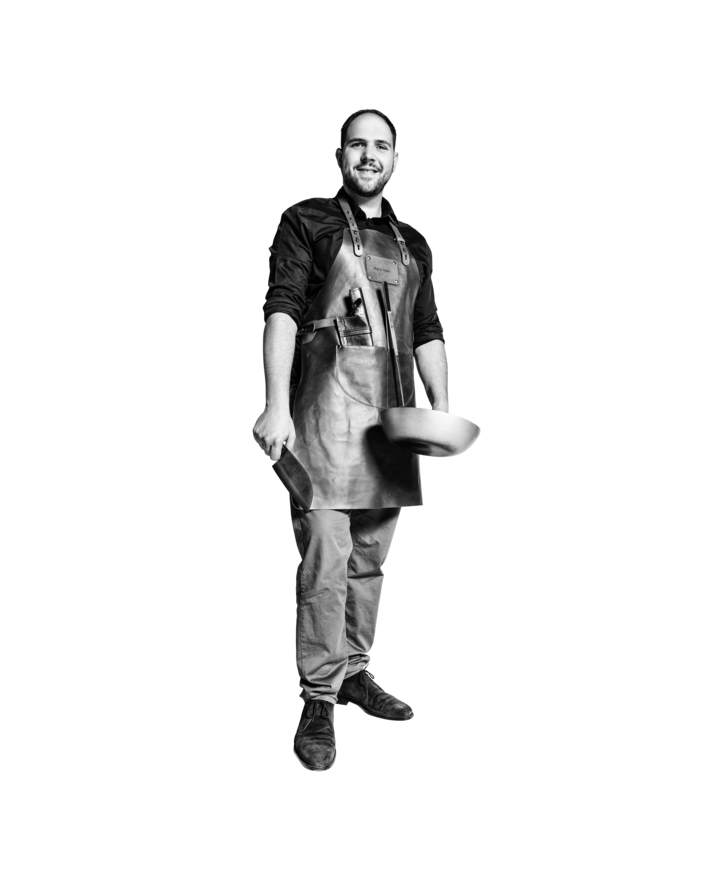
Sebastian Mathies
1zu1sales
business developer
T +43 5572 33 333-834
sebastian.mathies@1zu1.eu
»1zu1prototyping, that's like fast food on the level of top gastronomy. And if necessary, with a lot of portions.«
Sebastian Mathies knows that the eye also eats. That's why he chooses the right ingredients, the right technology and the necessary finishing steps. The result: prototypes to your taste.
The vacuum process enables fast, efficient and cost-effective production of desired structural and molded parts. In addition, two different materials (hard and soft) can be combined during production. Inserts (magnets, threads, inserts, etc.) can also be integrated into the component.
The production process takes place in a vacuum or under negative pressure. What is the effect of this vacuum? On the one hand, it ensures bubble-free processing of the material. On the other hand, flow resistance within the mold caused by air pockets is avoided. This means that at 1zu1, we can achieve homogeneous, pore-free material properties.
- From master model to casting mold:
- Casting in vacuum
- For simple components directly via a casting mold in 3D printing or milling technology: For series application 1zu1 recommends 100 to 200 pieces.
- 3D printing of silicones:
- Discharging the material via nozzles or injecting a catalyst into a silicone bath
- Cantilevered components are possible
- Layered structure visible
- Vacuum casting materials: use of original silicone, including food-grade silicone
Polyurethane is the collective chemical term for elastic to hard plastics produced from polyalcohols and polyisocyanates. The curing reaction is a polyaddition. Polyurethanes have many uses, e.g. for the production of household sponges, adhesives, paints and floor coatings. Synthetic textile fibers such as polyurethane are also used in the fashion sector.
SHORE hardness, named after Albert Ferdinand Shore, is an indicator used primarily for elastomers and rubber-elastic polymers. It is directly related to the penetration depth and is thus a measure of the material hardness.
Elastomer materials (PU rubber) are available in various degrees of hardness from 30-90 Shore A. Thermoplastic-like materials are available in degrees of hardness from 45-85 Shore D.
| Shore A | 30 | 40 | 50 | 60 | 70 | 80 | 90 | 95 | ||||
| Shore D | 45 | 55 | 60 | 65 | 70 | 80 |
Surface finishes
Here at 1zu1 we can treat master models, duplicated parts and serial parts with special surface techniques according to customer requirements . We finish the prototypes and serial parts via EDM texturing, high gloss, special effects (metallic, silver, partial) or subsequent varnishing.
We can also accommodate individual color samples or color requests (RAL, NCS, Pantone). For this purpose, we offer a wide range of surface treatment processes in manual finishing, depending on the initial technology. Each process can be applied individually, in combination, partially or fully, according to RAL or NCS.
The possibility of individual printing, laser marking as well as hot foil stamping is also available at 1zu1 in-house. Put us to the test!
